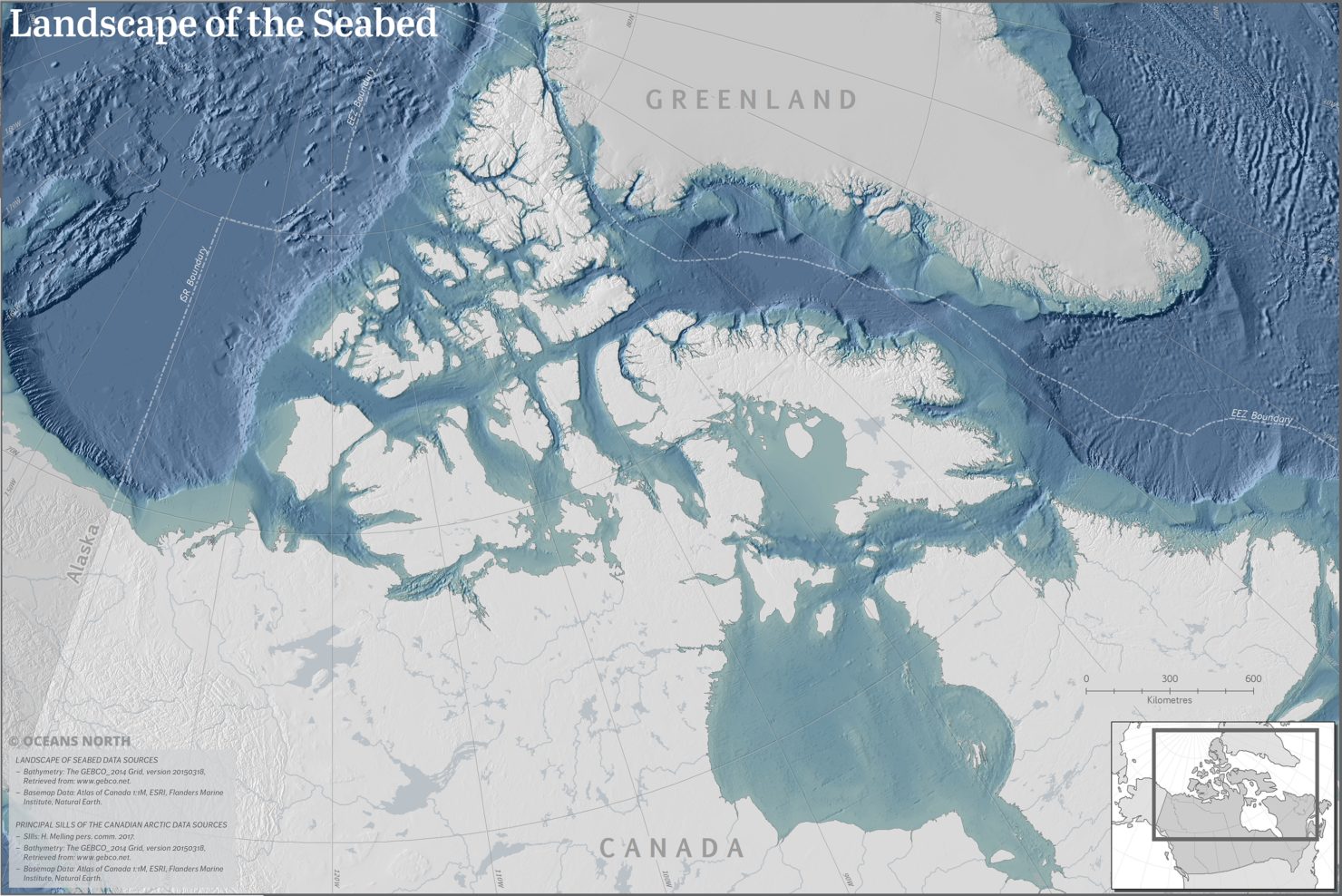A new atlas describes the changing marine ecosystem in Canada’s Arctic
Canada’s Arctic Marine Atlas is published by Oceans North, World Wildlife Fund Canada and Ducks Unlimited Canada.

Just in time for the 2018 G7 ministerial meeting in Halifax — where the theme is climate change, marine protection and clean energy — trio of environmental groups has issued a new atlas of the rapidly changing Canadian Arctic.
Canada’s Arctic Marine Atlas, published by Oceans North, World Wildlife Fund Canada and Ducks Unlimited Canada, summarizes current knowledge about the region’s marine environment, the changes being triggered by a warming climate and the effect of climate change on the people who depend on the Canadian Arctic’s marine environment. Of the 60,000 people who live along Canada’s Arctic coastline, the report notes, 85 percent are indigenous. Climate change, while opening up some economic opportunities such as increased shipping, subjects the ecosystem to new stresses, and those affect the indigenous people who depend on wild resources for their food, the report notes.
The 122-page atlas explains conditions in the retreating Arctic ice pack, which is “one of the most visible signs of how climate change is affecting the North,” in marine populations ranging from tiny plankton to huge whales, in birds flying above the Arctic waters and in to the in communities along the coastline. It holds several dozen illustrations, including maps of biological hotspots like areas used by narwhals. And it explains “what makes the region special, why it matters, and why it is worth the effort to govern it responsibly,” the document says in its introduction.
The publishers of the atlas said they hope the document will be used to guide management of economic activities like shipping and fishing and other policy decisions.
“Fact-based conservation measures are essential to ensuring a healthy Arctic Ocean for generations to come,” Louis Porta vice president of operations for Oceans North, said in a statement.
“The Arctic is undergoing rapid change, attracting attention from nations and corporations eyeing its business potential,” Paul Crowley, head of Arctic conservation for WWF-Canada, said in the statement. “We have an opportunity here to get it right, and that starts with understanding the marine environment through the eyes of the people who rely on it and the wildlife that make it home.”
As new information becomes available, Canada’s Arctic Marine Atlas will be updated. But it was important to get currently available information out now, the document says. “While it is tempting to wait for better information, decisions will continue to be made based on what we know at the time. A dose of caution can help reduce the risk of mistakes, but neither the risk of unintended impact nor the risk of missed opportunity can be eliminated entirely,” it says.
Release of the Canadian Arctic atlas follows a similar Alaska-focused document released about a year ago by Audubon Alaska. Audubon’s Ecological Atlas of the Bering, Chukchi and Beaufort Seas holds over 100 explanatory maps showing how habitat is used by marine mammals, seabirds, fish, subsistence food harvesters and others.
Yereth Rosen is a 2018 Alicia Patterson Foundation fellow.